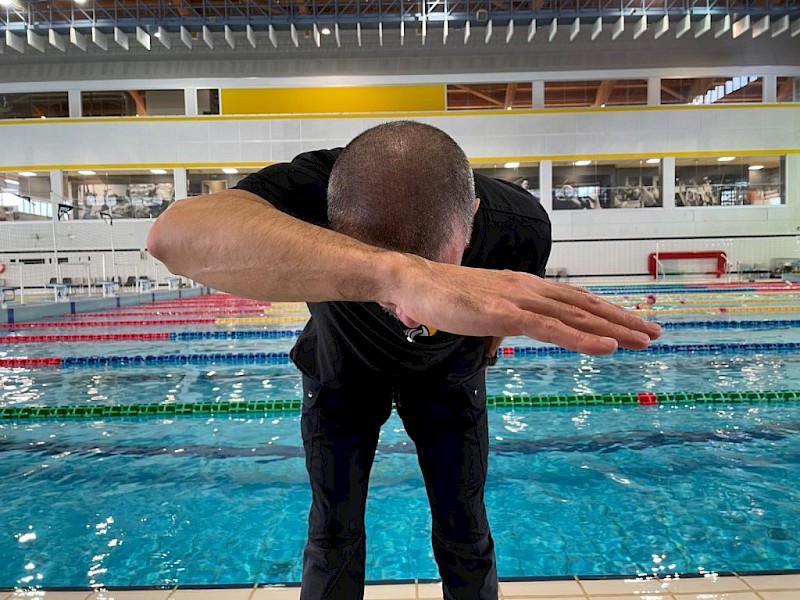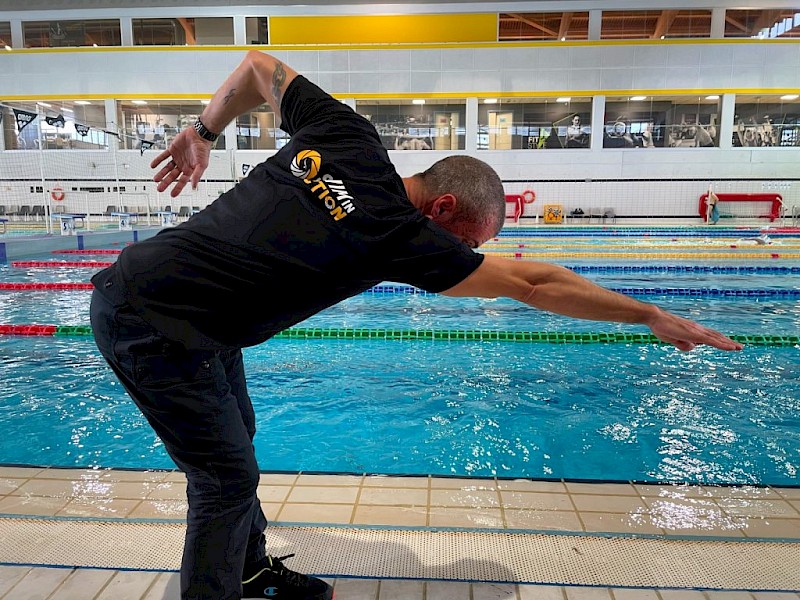In the age of 'copy-paste' and on the wave of 'it's always been done this way', it frequently happens that swimming technique exercises are proposed without purpose and, above all, demonstrated in a crude way, providing weak and unclear mental images, so much so that they become false myths.
On this occasion we will discuss the three most frequent false myths (but there really are many others) of freestyle strokes.
Note to facilitate the reading of the article:
- In didactic terminology, the freestyle stroke is divided into four phases, three of which are underwater (stance/grasp, pull, push) and one aerial (recovery). In reality it is a single, continuous movement, without pauses, but this breakdown helps to focus attention on the details
- the midline is one of the anatomical planes: an imaginary line that divides the body into two halves (right/left) and represents the axis on which the rotation movements take place
1st false myth: 'keep the elbow bent'.
In the aerial recovery phase, keeping the elbow bent is useful because it lightens the arm (supported by the deltoid). It also predisposes to a linear entry into the water, because it encourages shoulder rotation, making the movement cleaner (aesthetics is also important!).
Problems arise when the focus is on the bent elbow and not on the high elbow: if you bend the elbow but keep it low to the surface of the water, it is very likely that it will impact before the hand and/or that the trajectory of the hand during the extension of the elbow will then cross the midline during the stance phase.
The consequence is that the effectiveness of the stance and pulling phase is nullified.
To better understand, let's try an example with an activity that takes place out of the water, running: if we crossed the centre line with every foot strike, we would trip ourselves, with the risk of falling with every stride. The dynamics are the same while swimming, only the planes of support, the element you interact with and the propulsive limbs change.
The right correction, therefore, is 'keep your elbow bent and high'.

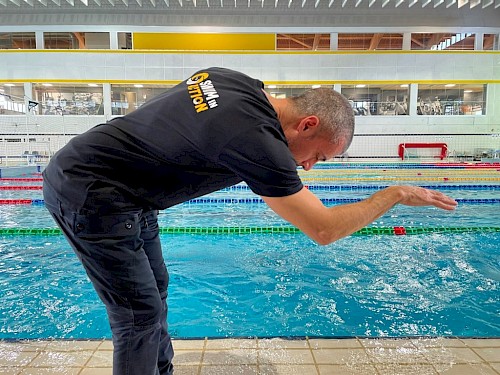
2nd false myth: 'draw an S with your hand'.
With a novice adult, this delivery could be misleading and distract from the real focus, which is on the elbow rather than the hand. Drawing an S when diving, when pulling, is not complicated, but focusing on this detail could make the elbow lower, bringing the olecranon (the 'tip') towards the bottom of the pool, in a praying mantis posture. The S would be perfect, of course, but the upper limb would not exert proper leverage.
If, on the other hand, one were to hold the elbow high, with the olecranon pointing towards the surface of the water, one would create the prerequisite for placing the upper limb in a more effective lever, and the hand would travel through the underwater phase drawing a sine wave seen from above (a sort of S, then), as a mere result of the lever created.
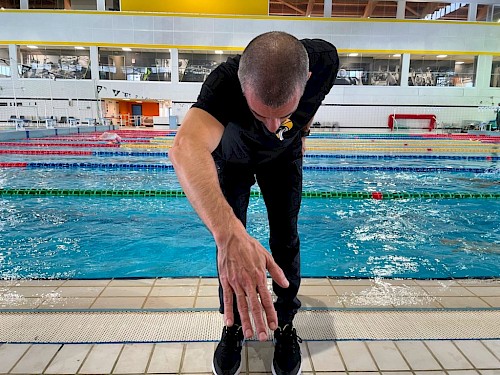
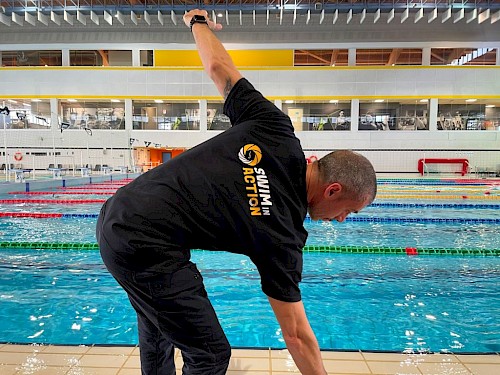
3rd false myth: 'roll your shoulders and do the roll'.
Now: the shoulder roll is as clear in its necessity as it is confusing in its execution.
The roll is the result of the propulsive movement of the 'dominant shoulder' that takes place in the freestyle and backstroke.
If the roll is confused with lowering one shoulder and raising the other, the result is a rotation of the torso with a verticalisation of the high-low shoulder movement that does not activate the muscle chains correctly.
We will then have a swing with poor propulsive efficiency, resulting in difficulty in setting the correct breathing times and a posture unsuited to the principles of hydrodynamics.
By creating a simple mental image, one can arrive at the desired result more quickly and stably with a consequent increase in self-esteem and body perception. For example, one could ask to imagine that on entering the water one's hand is grasped and pulled firmly forwards and a little downwards, so that the shoulder is brought towards the chin in the phase of maximum extension in support (the important thing is that it is not the chin that goes to the shoulder). If this happens it is because the opposite shoulder has lifted to allow this extension. Rolling can be seen as the forward extension of one arm allowed by the lifting of the opposite shoulder.
To recap
If the elbow is high (and bent) during aerial recovery, if the olecranon points toward the surface of the water during stance, if the shoulder of the arm about to perform aerial recovery allows the other arm to be extended during stance, the conditions will be created for a more effective stroke action.
